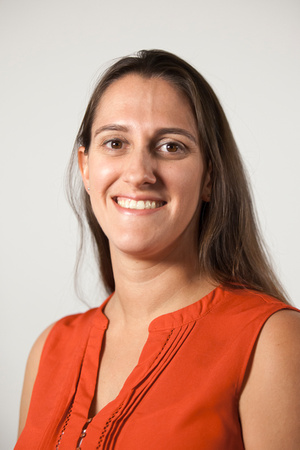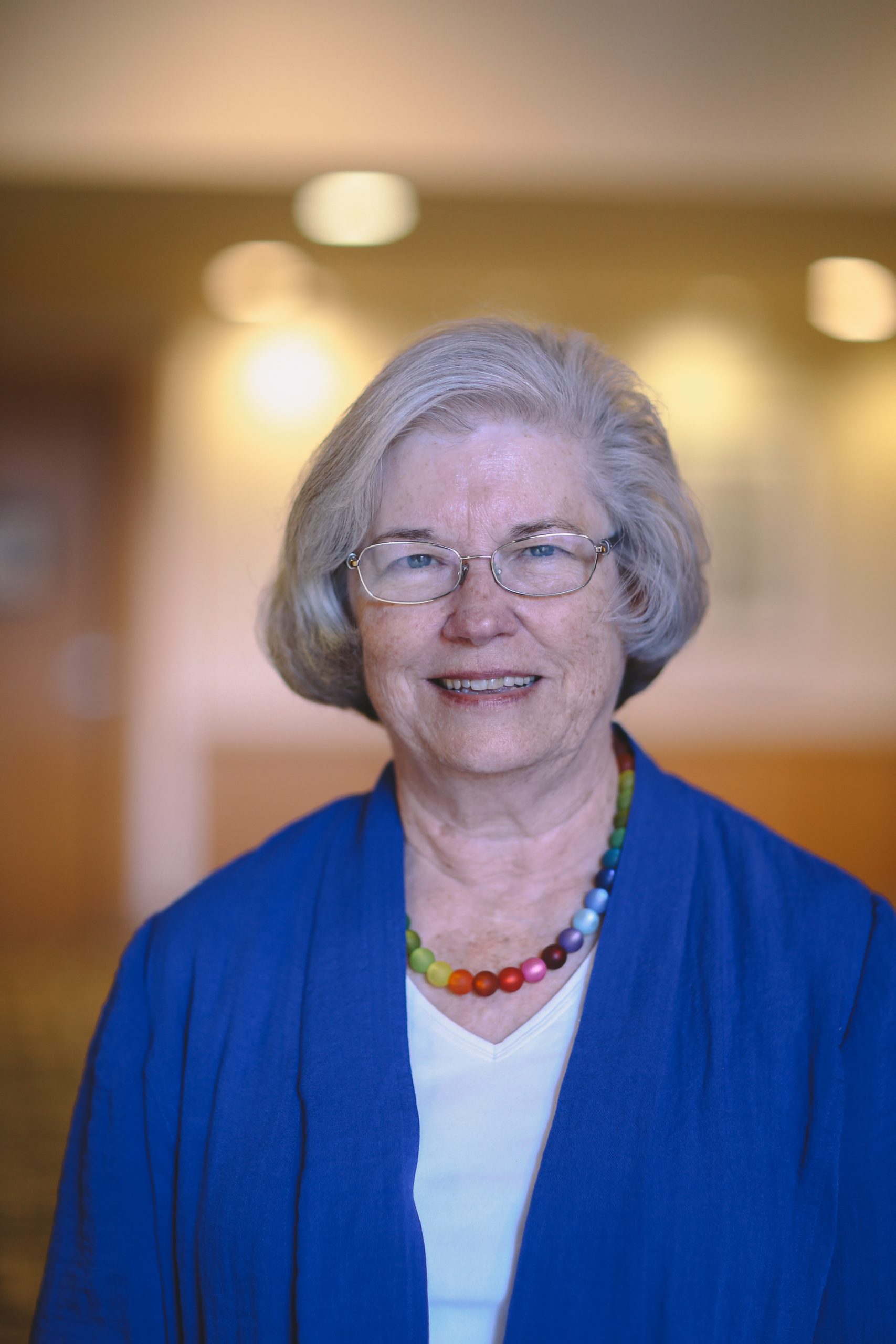Reaching Across The Rupture: Six Tips For Bipartisan Collaboration
This BUILD Initiative blog post features an interview with BUILD distinguished fellow Karen Ponder about her participation in a White House meeting with Ivanka Trump and early childhood leaders and her thoughts about the importance of bipartisan collaboration in building support for children and families.
By Mariana Florit, Communications Director
It seems simple enough.
For good health: eat well, exercise, take your vitamins. For a successful relationship: listen more than you speak, assume good intent, be there. For a successful career: make good on your commitments, be trustworthy, work hard in what you’re passionate about.
And yet, some of the most obvious, accepted approaches for success seem out of reach. If it were so simple, we would all be fit, in happy relationships, and working in our dream jobs. Just because we know how to do something doesn’t mean it comes naturally.

Karen Ponder, known for her role in the establishment of Smart Start in North Carolina, would be the first to stress the importance of working across the aisle. And yet, she’ll acknowledge that it doesn’t always come naturally – especially in today’s political climate that has shown us the deepest divide we have ever seen. Karen was recently invited to the White House for a meeting with Ivanka Trump and early childhood leaders, specifically in her capacity as Task Force Chair of Power to the Profession. For reasons related to political ideology, Karen held momentary reservations about attending. However, she realized that making a decision not to collaborate based on her own political biases was contrary to her personal values, and she went to the meeting. Karen contributed valuable information about the early childhood workforce, the framework for Power to the Profession, and the need for significant funding for early childhood teachers. She came away with a revised perspective on what the administration – more specifically, Ms. Trump – could accomplish given her support for women’s issues, including child care, and her desire and willingness to hear from national early childhood leaders. The experience was positive.
In a nutshell, this is what working across the aisle looks like: setting aside in-group/out-group biases and focusing on supporting children and families, no matter the administration.
After 35 years in the world of early care and education policy, Karen boils successful bipartisan collaboration down to a few key points:
Recognize that we are all shaped by our environment and experiences, and that if you had walked the same exact path as the person with whom you are meeting, your opinions would likely be similar. That allows you to feel a connection with the person to whom you are talking, regardless of your differing opinions and political ideologies.
Know who the legislators are before you go into your meeting. Do your homework. Know where they come from, what they care about, and what their hot button issues are. “And for me, if they have grandchildren, we have an instant bond.” Listen with understanding. Listening is as important, if not more so, than anything you have to say. “If I got the feeling that a legislator wanted me out of there, I would say, ‘I’ve come to learn from you and I’m wondering what makes you uncomfortable about our proposal?’ Or I would ask his/her opinion about the issue, without jumping in with my own arguments.” Sometimes legislators need an opportunity to say what they believe. “In 1993, during the creation of Smart Start, I often heard concerns about the role the government should play or not play in early care and education. I learned quickly that it was wise to open our meeting with a values statement, ‘The Smart Start belief is that families are the most important factor in their children’s lives and should make all the decisions about their care and education. And our job is to make sure that all child care is the best it can be in all settings that families choose.’” Sometimes, opening the door to their concerns is the key to a partnership on the issue. Sometimes, it’s best to focus more on the dialogue about why something matters to a particular legislator, rather than delivering a one-way message about funding or policy.
Respect the individuals on the other side of the aisle. “I respected what they stood for and the more I learned from them, the more I understood their values and sometimes adjusted my own thinking about the issue. This approach changed our working relationship significantly and opened the door to a productive conversation rather than an argument.”
Strive to become a trusted partner on behalf of young children. Always be trustworthy and share national studies and research findings, even when the findings are not all positive. Your honest approach will build trust for the times when you will need your legislator’s support. And if there is bad news about studies or there are weak outcomes in a program in his/her legislative district, tell the legislator yourself before he/she hears it through the media. This allows you to explain why something didn’t work and assure him/her that the issues are being addressed.
“Sometimes, you just have to suck it up! For the good of the children I work for, I’m conscious about how I behave in order to support them. That thinking has encouraged me to approach people with whom I might strongly disagree with more positivity and to avoid expressing my own anger or dismay in order to get to future positive outcomes.”
Give people credit when you can and where it’s due. Ms. Trump supported doubling the child care subsidy in the recent federal budget proposal, and that was a great decision for working families and their children. “I applaud that kind of support and I thanked her for it.”
Like health, relationships, and careers, collaborating across the aisle takes focus and determination. In the words of Theodore Roosevelt, “Nothing in the world is worth having or worth doing unless it means effort, pain, difficulty…” While we can hope that bipartisan collaboration is not painful, it IS challenging. For the benefit of the children and families we support, it is our responsibility to reach across the aisle, no matter how strongly our individual ideologies may conflict with political realities.
Explore More

Family Engagement
Report June 13, 2024
Family engagement at the state and local level is an essential component of high-quality, inclusive early childhood care and education (ECCE) programs and systems. Engaging families as partners during the early years allows parents and caregivers to establish strong connections that support their children’s development, well-being, and achievement long term.
Ideas for Incorporating Strategic Financing Efforts into Your PDG B5 Application
Report June 13, 2024
This resource outlines ideas for incorporating strategic financing efforts into your PDG B-5 application.
Highlighting Infants and Toddlers in Your PDG B-5 Application: Resources from ZERO TO THREE
Report June 13, 2024
The federal 2024 Preschool Development Grant Birth-Five funding is an opportunity for select states and territories to bolster infant and toddler services and ensure policies and programs that meet the needs of today’s families with young children. We have compiled our most recent resources to can help you think about how you want to utilize funding opportunities such as this one to improve outcomes for babies in your state.
